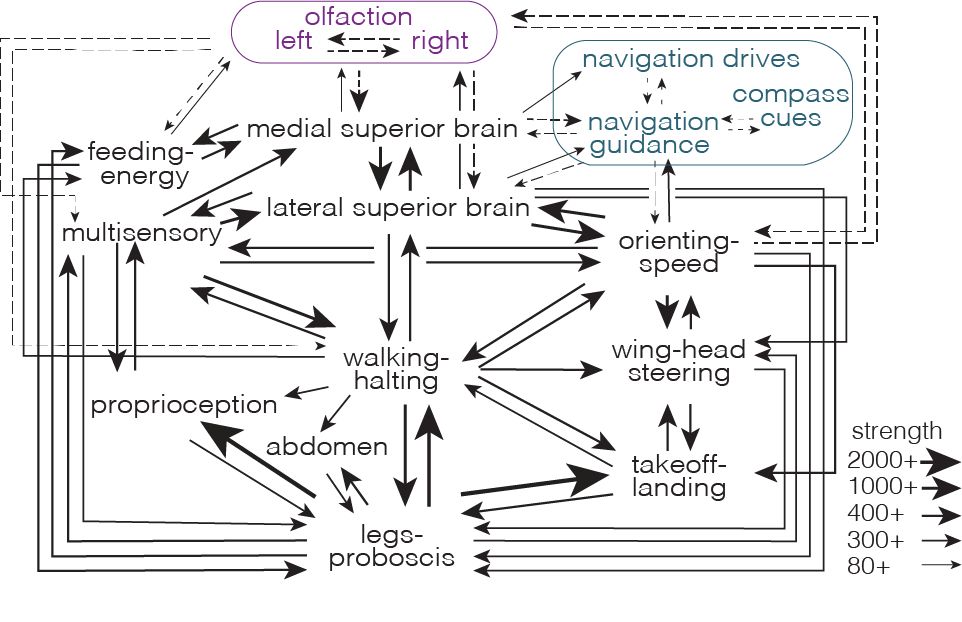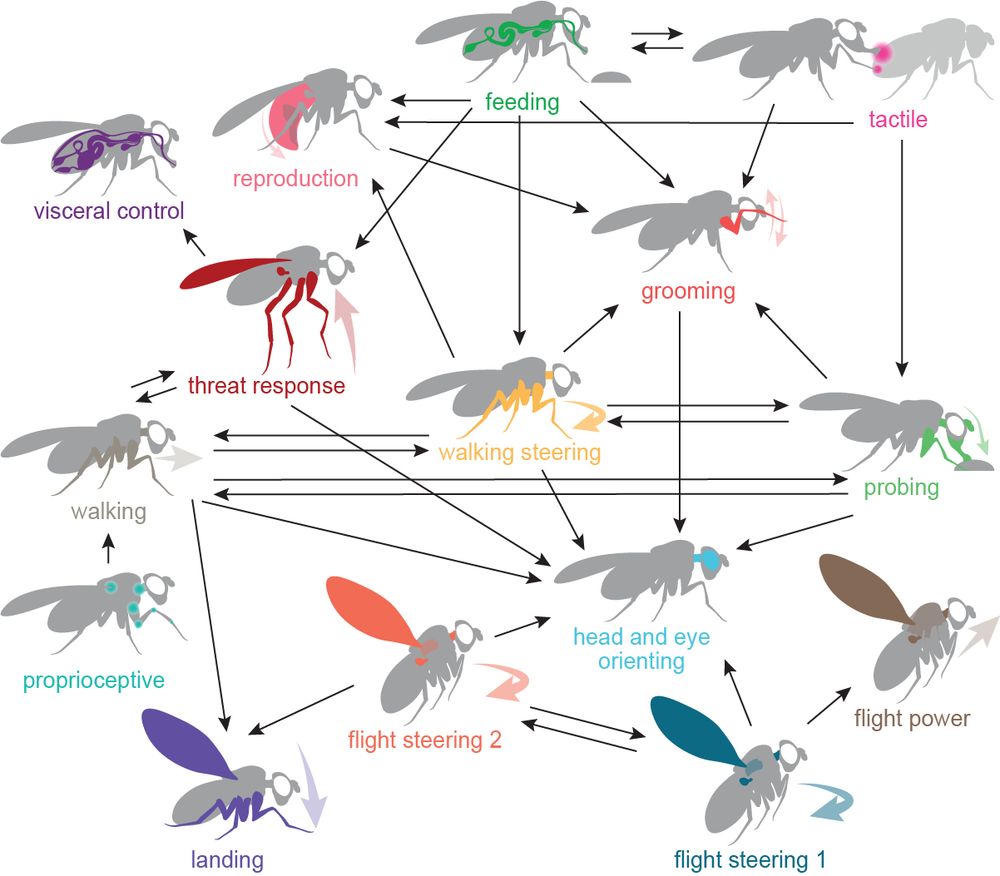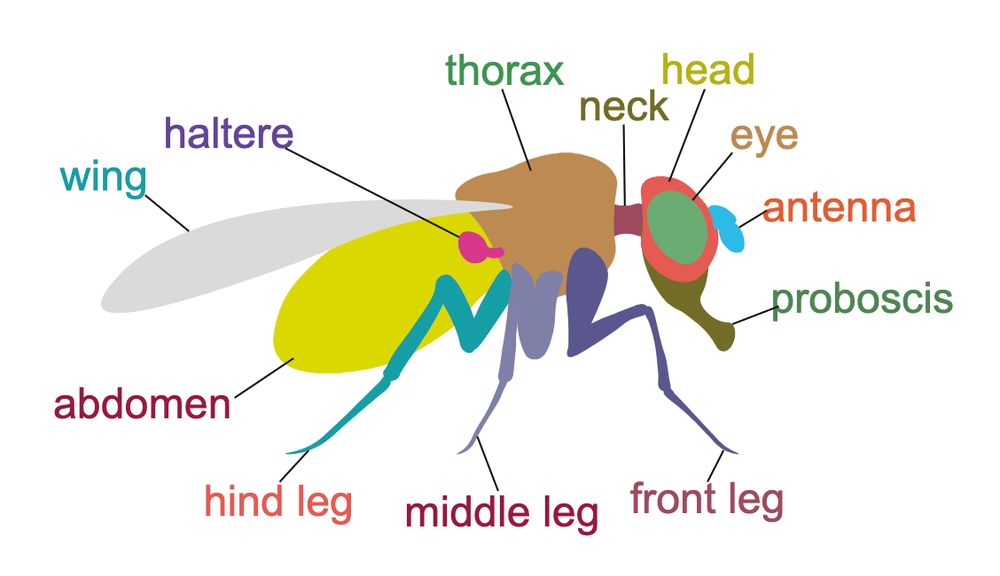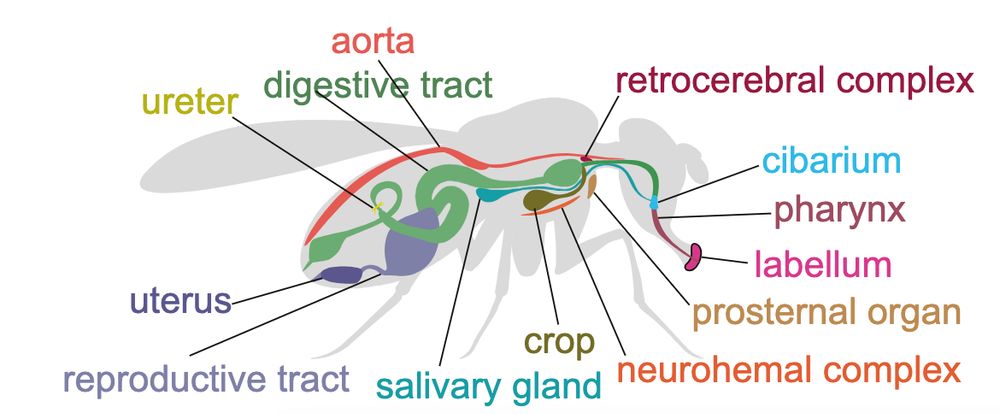Preprint: doi.org/10.1101/2025...
🧪#Neuroskyence



thanks as well to @natrevneuro.nature.com for the constructive editorial interactions.

thanks as well to @natrevneuro.nature.com for the constructive editorial interactions.
We combined 2P and synchrotron X-ray to understand mouse olfactory bulb circuits, linking physiology to structure in 3 animals!
doi.org/10.1101/2025...
🙌 @carlesbosch.bsky.social, @apacureanu.bsky.social, @andreas-t-schaefer.bsky.social, @esrf.fr, @crick.ac.uk
We combined 2P and synchrotron X-ray to understand mouse olfactory bulb circuits, linking physiology to structure in 3 animals!
doi.org/10.1101/2025...
🙌 @carlesbosch.bsky.social, @apacureanu.bsky.social, @andreas-t-schaefer.bsky.social, @esrf.fr, @crick.ac.uk
One thing that wasn’t emphasized before is how it enables access to specific circuit motifs down to identified cells. 12 examples are highlighted in the preprint, but again just the tip of the iceberg.
One thing that wasn’t emphasized before is how it enables access to specific circuit motifs down to identified cells. 12 examples are highlighted in the preprint, but again just the tip of the iceberg.
@jefferis.bsky.social, Michael Pankratz, @fleyes.bsky.social, & Marie Suver.
Renderings by @amysterling.bsky.social and Arie Matsliah
@jefferis.bsky.social, Michael Pankratz, @fleyes.bsky.social, & Marie Suver.
Renderings by @amysterling.bsky.social and Arie Matsliah



bsky.app/profile/mott...

bsky.app/profile/mott...
* Local sensorimotor loops linking matched sensors and effectors are basic building blocks of behavioral control.

* Local sensorimotor loops linking matched sensors and effectors are basic building blocks of behavioral control.

Info: banc.community
Data: codex.flywire.ai?dataset=banc
Viewer: ng.banc.community/view
Info: banc.community
Data: codex.flywire.ai?dataset=banc
Viewer: ng.banc.community/view
bsky.app/profile/mott...


bsky.app/profile/mott...
Preprint: doi.org/10.1101/2025...
🧪#Neuroskyence
Preprint: doi.org/10.1101/2025...
🧪#Neuroskyence
Congrats to the authors and collaborators including Jialu Bao and Wesley Alford who lead this effort!
Congrats to the authors and collaborators including Jialu Bao and Wesley Alford who lead this effort!




